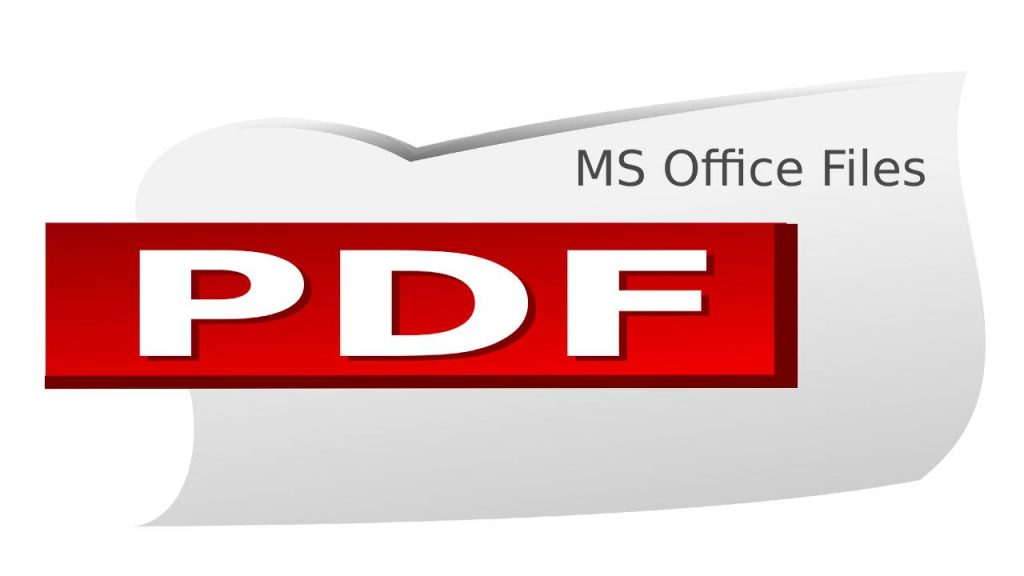MS Office electronic files like Word, Excel, and PowerPoint, have been existing for quite some time. Somehow, not all people are fully aware of their complete functionalities and how they relate to PDFs. We are here to learn and understand these electronic files better. Why? Because we have to adapt to the modernized work demands and blend with them.
Table of Contents
What is PDFBear?
Before anything else, we should first uncover the importance of PDFBear. PDFBear is a web-based PDF converter instrument designed for multiple purposes. It has one of the most efficient PDF converters available online as it collaborates with the infamous Solid Documents. It allows you to convert to PDF and perform it vice versa.
Yes, you can also convert your PDF to other file formats using this online tool. Adobe is not your only option for such PDF tasks, and this one comes for free! You can also manage your PDFs using its split and merge function and reduce your PDFs size with its PDF compressor. It also has minor editing tools where you can edit PDF, add watermarks, images, and page numbers.
Importance of MS Word Documents
MS Word documents provide the most specific options to create quality compositions. It is considered to be a basic initiative to know how to convert from Word to PDF. However, performing an opposite conversion is quite challenging without the correct tools. We will also tackle these file conversions as they are essential in the modern digital era.
But before that, we will identify how important these MS Word files are. Word has been the topmost choice by most people for creating journals, compositions, legal documents, resumes, and many more for quite a long time. For your information, MS Word “doc” file format has transcended to a more compact and more flexible file XML-based format.
We now have the “Docx” format, which is a lot easier and comfortable to use. It is best recommended to utilize MS Word to compose as they provide proper spacing, indentation, font style, font size, margins, spell and grammar check, numbering, bullets, multilevel listing, etc. Since most users also use MS Word, you can share them with ease.
Technical Functions of MS Excel Spreadsheets
MS Excel spreadsheets are pretty popular with gigantic and medium-sized corporate entities. With over a million rows and approximately 16,000 columns, MS Excel allows you to create spreadsheets that could reach up to twenty pages of A1 papers! They have been remarkably useful in keeping company and employment records, finance data, sales, and many more.
Excel has a complete set of instruments and options for you to create vast records with accurate recording. It is a perfect choice. It has the most efficient tools for data tabulating, customizing formulas, cell formatting, creating arithmetic equations, charts, tables, graphs, statistical records, and so much more!
If you handle these spreadsheets more often, you probably noticed that they are not the most recommendable file format for printing. They are quite challenging to print, unlike Word documents and PDFs. However, if you are only making records and do not need to print, you can definitely stick with MS Excel spreadsheets.
Professional Presentations of MS PowerPoint
MS Office programs and electronic files have specific functions, depending on the user’s needs. Word is for documents, Excel is for spreadsheets, and PowerPoint is for creating presentations. This file is vastly used in formulating product presentations, promotional activities, marketing strategies, business reviews, company meetings, and many more.
Professionals highly prefer this program because of its particular functions where you can time transitions properly. Unlike videos, you can also manually switch your slide on your preferred timing. You can also input audio, videos, images, shapes, pie graphs, tables, etc., capturing most people’s needs for creating captivating presentations.
Why Transform To PDF?
PDFs are well-noted to be one of the most favorable file constructs to handle because of their compact and less-modifiable features. They prevent unnecessary alterations when transferred to various users. They are also more comfortable uploading and sending through our online webmail platforms because of their smaller size.
The primary objective of why people convert Word, Excel, PowerPoint, and other file formats to PDF is because of its uniformity. Aside from they can save both space and time in our computer storage, they also keep our file content consistent. Lastly, most computers support the portable document format. Thus, printing becomes more straightforward.
How To Use The PDFBear PDF Converter
You will only follow a few and comprehensible steps to convert your MS Office file to the portable document format. This procedure applies to all the aforementioned MS Office electronic file formats. Again, you can perform these conversions without having to spend a single penny. You just need a stable internet connection, and you are good to go!
- Proceed to the main page of PDFBear through your most preferred search engine. We suggest you use Chrome, Edge, or Safari.
- You will see many options for PDF conversions; click on the one you prefer most.
- Start uploading your file to the PDFBear Dropbox by dragging it from its folder. Manual upload is also doable.
- PDFBear will convert your file to PDF right after the uploading is done. This conversion will take only less than fifteen seconds. Larger files might go slower.
- And you are done! Save your freshly converted file or send it online via file URL!
Provided that the PDF construct is the best to use, why does PDFBear provide a converter for other file formats? For your information, PDFs can only be drastically changed when they are transfigured to their most accessible format. With PDFBear, these conversions can be done effortlessly.
Takeaway
So our digital world is not getting any younger; we have to understand this computer stuff deeply. The ones who are more literate with these electronic files are the ones with a higher possibility of getting better employment. So go ahead and try PDFBear now!

